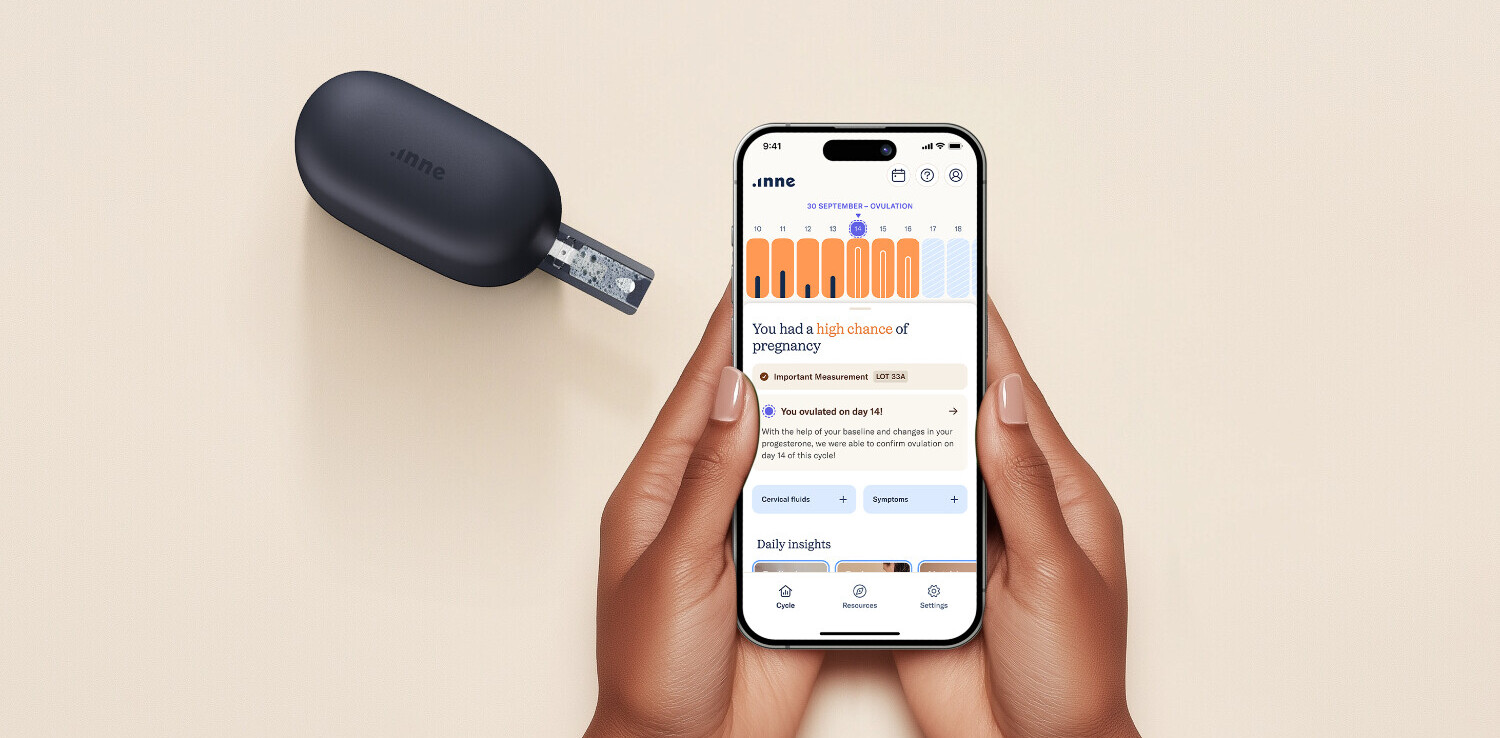
If you’re working on any sort of promotion, whether as a PR person or simply trying to get the word out about your own company, you’ll need to understand journalists. Rebecca Grant who was a journalist at VentureBeat for a number years wrote a blog post describing how she felt at her job:

The trouble is that while you want to have your name in “lights over Broadway” your customers are at home watching Netflix. You want to be on the homepage of TNW but your customers are reading Startups.co.
“Who cares?” you might say, “Maybe some of those readers from TNW might convert to customers? It’s good for overall exposure.”
So you follow this same process countless other companies have followed for decades (I’ll be 100 percent honest, I’m guilty of previously doing this):
- You hire a PR firm for $10K- $20K/mo
- PR firm writes and publishes a press release on PR Newswire
- PR firm uses Cision to find a list of journalists around a specific beat/location
- PR firm sends 500 emails and gets 50 replies
- 3 stories are published on big name publications in a month, you’re ecstatic, you repeat
What’s wrong with this picture? Why is this archaic?
Here are the reasons I stopped using this process and why I believe others should as well:
- Journalists are spammed to the point of insanity with pitches that are not related to what they do, they feel like gazelles being hunted by predators
- You’re not targeting your customers properly with your PR approach — so the end result is just a bunch of traffic and very low conversion
- You’re not building genuine relationships with journalists yourself, which means you don’t accumulate you own rolodex of press contacts
In plain English you are not targeting your customers; you’re doing a huge disservice to journalists. Here is Grant again:

Value up front – are you delivering value to a journalist without asking for any promotion up front?
Relevancy – how relevant is the information you’re sending to the journalist’s interests?
Targeting – based on the last three articles the journalist published, how relevant is your pitch with their current beat? Who are their readers?
Personalization – pretend you’re sitting next to the journalist at a conference, how would you start a conversation? It would need to be over common ground and personalized. Are you taking the time to read through their articles, tweets, and other social profiles before sending your pitch?
But how exactly do you do that? Well, here are three actionable tactics I believe you can employ to ensure you’re giving journalists value up front and build a relationship with them along the way.
1. Use Quora to start a conversation
I’m willing to bet that most journalists feel exactly the same way as Grant does. That’s why I ask myself constantly is “How can I do better?”
When I do PR I think of journalists as my future customers and that is why I love this role reversal personal touch example when it comes to customer service. Just like in this example, I put myself in their shoes and think: what type of email would I love to receive?
I use Quora to my advantage. I look up the last three articles a journalist has written, look through their personal site and their Twitter and Instagram. I look for something they wrote or said which connects with what I know. Here is the entire process:
- I find this article “Confessions of an ex-tech journalist“ which connects with what I know
- I find a trending Quora question on same topic: “How Should I Pitch My New App To Journalists”
- I answer the question and reference the original article and add my own experience into the answer.
- I email the author of this article and let her know that I loved it and that I used it in my answer on Quora and are any updates to the article which she has not added which I should have in my answer? I also ask for feedback on my answer.
I am being 100 percent genuine here. This builds some serious goodwill with the journalist.
I documented the full step-by-step instructions of this process with examples in this write up.
2. Become a source for an article
Every day journalists use websites like Help A Reporter Out (HARO) to submit queries to find a specific expert to quote in their article. HARO sends out 2-5 emails per day with hundreds of queries, which can be broken down by category. If your expertise matches that category, simply respond to the query with a pitch that offers tons of value to the journalist.
Here’s an email template I like to use when responding to such queries:

You can use this is a base and make it your own.
3. Provide data or insights
When I grew my company from 0 to 40 million page views and got acquired by Google, I followed the same process every single day for two years from day one to acquisition:
- Wake up early and open Techmeme
- Write down three headlines which captured my attention
- Create a poll asking a question journalists would find valuable about these headlines
- Get people to take the poll and pitch results to journalists who covered the news
Every day we would get stories like this featuring our data: Nearly 75 Percent Of Gamers Prefer The Playstation 4’s Dualshock 4 Controller According To Polls
Here is the email I sent while working on PR for my previous company:

Conclusion
If you remember one thing from this article, I hope it’s the following: Do not spam hundreds of journalists with the same pitch, instead put yourself in their shoes, treat them as your customers, and provide a TON of value up front.
Whether you’re answering their queries to become a source for an article or sharing useful data with them, your goal should be to be as useful as you can and delight them just like you would your customers.
Get the TNW newsletter
Get the most important tech news in your inbox each week.




